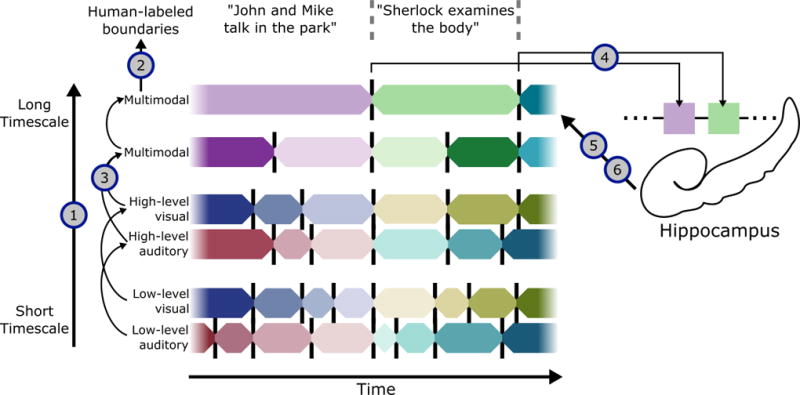Figure 1. Theory of event segmentation and memory.

During perception, events are constructed at a hierarchy of timescales (1), with short events in primary sensory regions and long events in regions including the angular gyrus and posterior medial cortex. These high-level regions have event boundaries that correspond most closely to putative boundaries identified by human observers (2), and represent abstract narrative content that can be drawn from multiple input modalities (3). At the end of a high-level event, the situation model is stored into long-term memory (4) (resulting in post-boundary encoding activity in the hippocampus), and can be reinstated during recall back into these cortical regions (5). Prior event memories can also influence ongoing processing (6), facilitating prediction of upcoming events in related narratives. We test each of these hypotheses using a data-driven event segmentation model, which can automatically identify transitions in brain activity patterns and detect correspondences in activity patterns across datasets.
